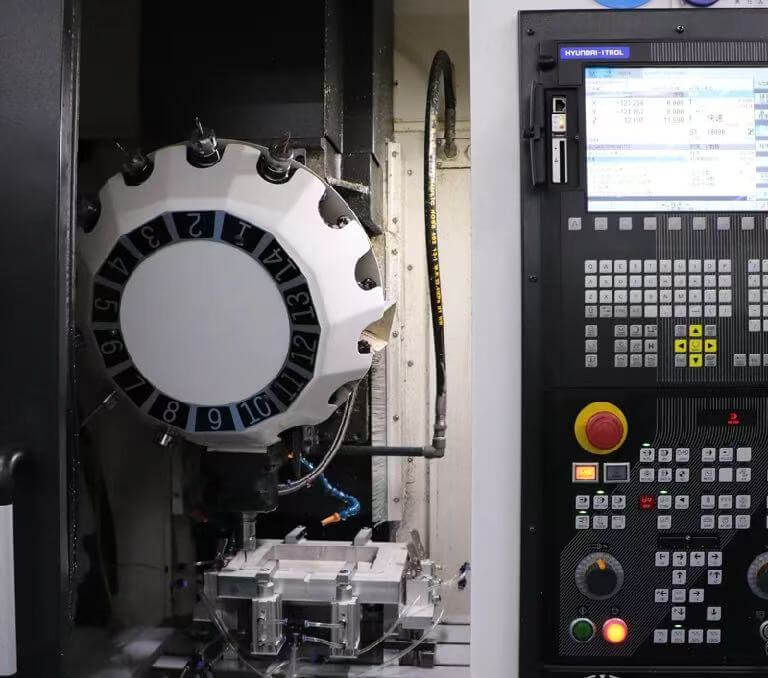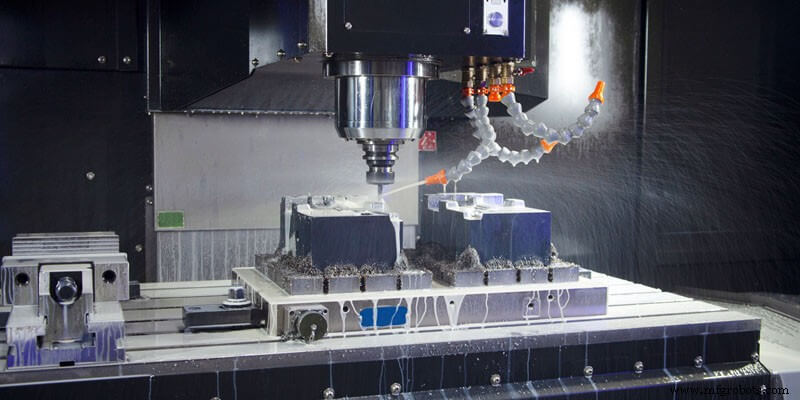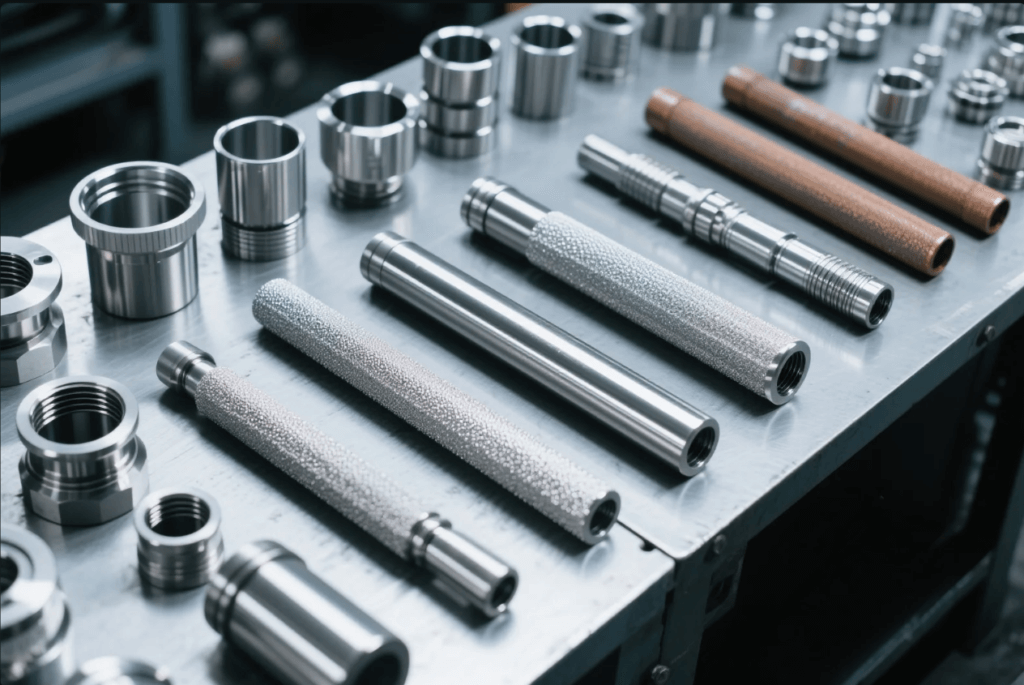What is cmc machine : definition, process, purpose, etc.?
Introduction
CMC machines have emerged as a significant force in various industries. But what exactly are they? In this article, we will explore the definition, process, purpose, and other essential aspects of CMC machines. Whether you are a manufacturing professional or simply curious about industrial machinery, this guide will provide valuable insights.
Definition of CMC Machine
First and foremost, CMC can stand for different things depending on the context. Commonly, it may refer to Computerized Manufacturing Control or Composite Material Cutting machine. In the case of Computerized Manufacturing Control, CMC machines integrate computer systems with manufacturing processes. These machines use software – based commands to control operations, ensuring precision and efficiency.
On the other hand, if CMC refers to a Composite Material Cutting machine, it specializes in processing materials like carbon fiber, fiberglass, and other composites. These machines are designed to handle the unique properties of composite materials, such as their high strength – to – weight ratio and brittleness. For example, a CMC composite cutting machine can accurately cut carbon – fiber sheets for use in aerospace components.
History and Development
Next, let’s look at the history of CMC machines. The concept of integrating computer control into manufacturing started to gain traction in the mid – 20th century with the advent of digital computing. As technology advanced, manufacturers sought ways to automate and streamline their processes. This led to the development of early CMC – like systems, which initially used punch cards for programming.
Subsequently, with the evolution of microprocessors and software, CMC machines became more sophisticated. For composite material cutting machines, the demand grew as industries like aerospace and automotive started using more composite materials. Innovations in cutting technologies, such as laser and waterjet cutting, further enhanced the capabilities of CMC cutting machines.
The Working Process of CMC Machines
Step 1: Design and Programming
For CMC machines with computerized control, the process begins with design. Engineers use Computer – Aided Design (CAD) software to create a model of the product or part. Then, they transfer the design data to Computer – Aided Manufacturing (CAM) software. The CAM software generates a program that contains instructions for the CMC machine, specifying details like tool paths, cutting speeds, and feed rates.

Step 2: Material Setup
After programming, the appropriate material is prepared. In the case of composite material cutting machines, the composite sheets or blocks are carefully placed on the machine’s worktable. Fixtures are used to hold the material in place firmly, ensuring it doesn’t move during the cutting process.
Step 3: Machine Operation
Then, the CMC machine is set in motion. It follows the programmed instructions precisely. For example, a CMC cutting machine will move the cutting tool (such as a laser or a waterjet nozzle) along the defined path, cutting through the composite material. Sensors on the machine monitor the process, making adjustments if necessary to maintain quality and accuracy.
Step 4: Finishing and Inspection
Finally, once the operation is complete, the finished product is removed from the machine. It may undergo additional finishing processes, such as sanding or polishing. A thorough inspection is then carried out to ensure that the product meets the required specifications.

Key Features of CMC Machines
Precision
Firstly, CMC machines offer high precision. The computer – controlled systems ensure that each operation is carried out with exactitude. In composite cutting, this means precise cuts that match the design requirements perfectly.
Automation
Secondly, these machines are highly automated. Once programmed, they can run continuously with minimal human intervention, increasing productivity and reducing the chance of human – error.
Versatility
Thirdly, CMC machines are versatile. They can handle a wide range of materials and operations. For example, a CMC cutting machine can work with different types of composite materials and perform various cutting patterns.
The Purpose of CMC Machines
Enhanced Manufacturing Efficiency
One of the main purposes of CMC machines is to boost manufacturing efficiency. By automating processes and reducing manual labor, they can produce more products in less time. For instance, in a factory setting, CMC – controlled production lines can increase output while maintaining quality.
High – Quality Production
Moreover, CMC machines are used to ensure high – quality production. The precision and consistency they offer result in products that meet strict standards. In industries like aerospace, where component quality is crucial, CMC composite cutting machines play a vital role in producing reliable parts.
Complex Design Realization
Another important purpose is to enable the realization of complex designs. CMC machines can handle intricate shapes and patterns that would be difficult or impossible to create manually. This allows designers to push the boundaries and create innovative products.
Applications of CMC Machines
Aerospace Industry
CMC machines are widely used in the aerospace industry. Composite material cutting machines are employed to cut components made from high – performance composites, such as aircraft wings and fuselage parts. The precision and strength of these parts are essential for aircraft safety and performance.
Automotive Industry
In the automotive sector, CMC machines help in manufacturing lightweight yet strong components. Composite parts reduce vehicle weight, improving fuel efficiency. Computerized manufacturing control machines also assist in streamlining the production process, making it faster and more cost – effective.
Marine Industry
The marine industry also benefits from CMC machines. Composite materials cut by CMC machines are used to build boats and ships. These materials offer resistance to corrosion and reduce the overall weight of the vessels, enhancing their speed and maneuverability.
Conclusion
In conclusion, CMC machines, whether for computerized manufacturing control or composite material cutting, play a crucial role in modern industries. Their definition, process, purpose, and applications highlight their importance in driving innovation and efficiency. As technology continues to progress, CMC machines are likely to become even more advanced, opening up new possibilities for manufacturing and material processing.






